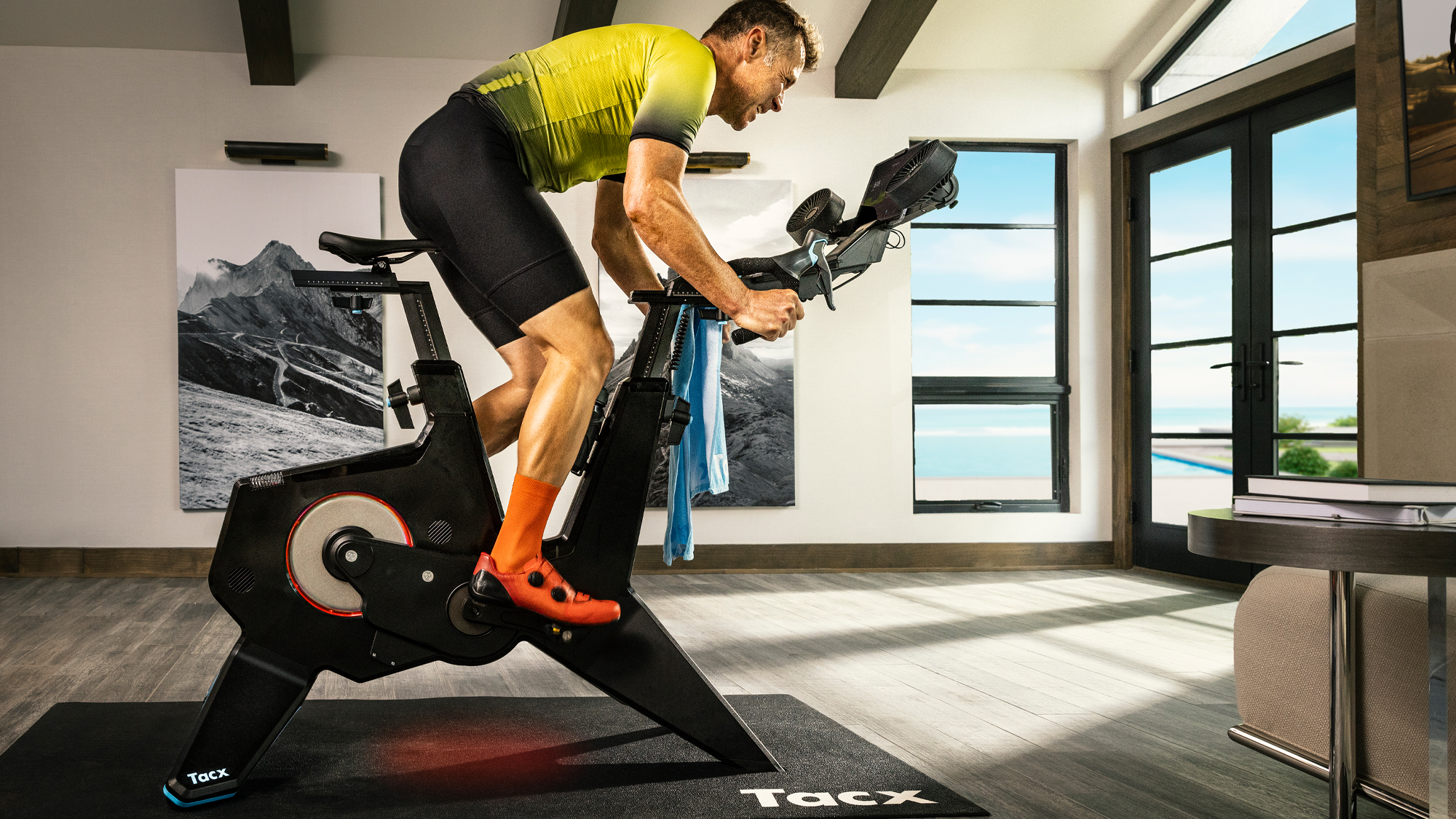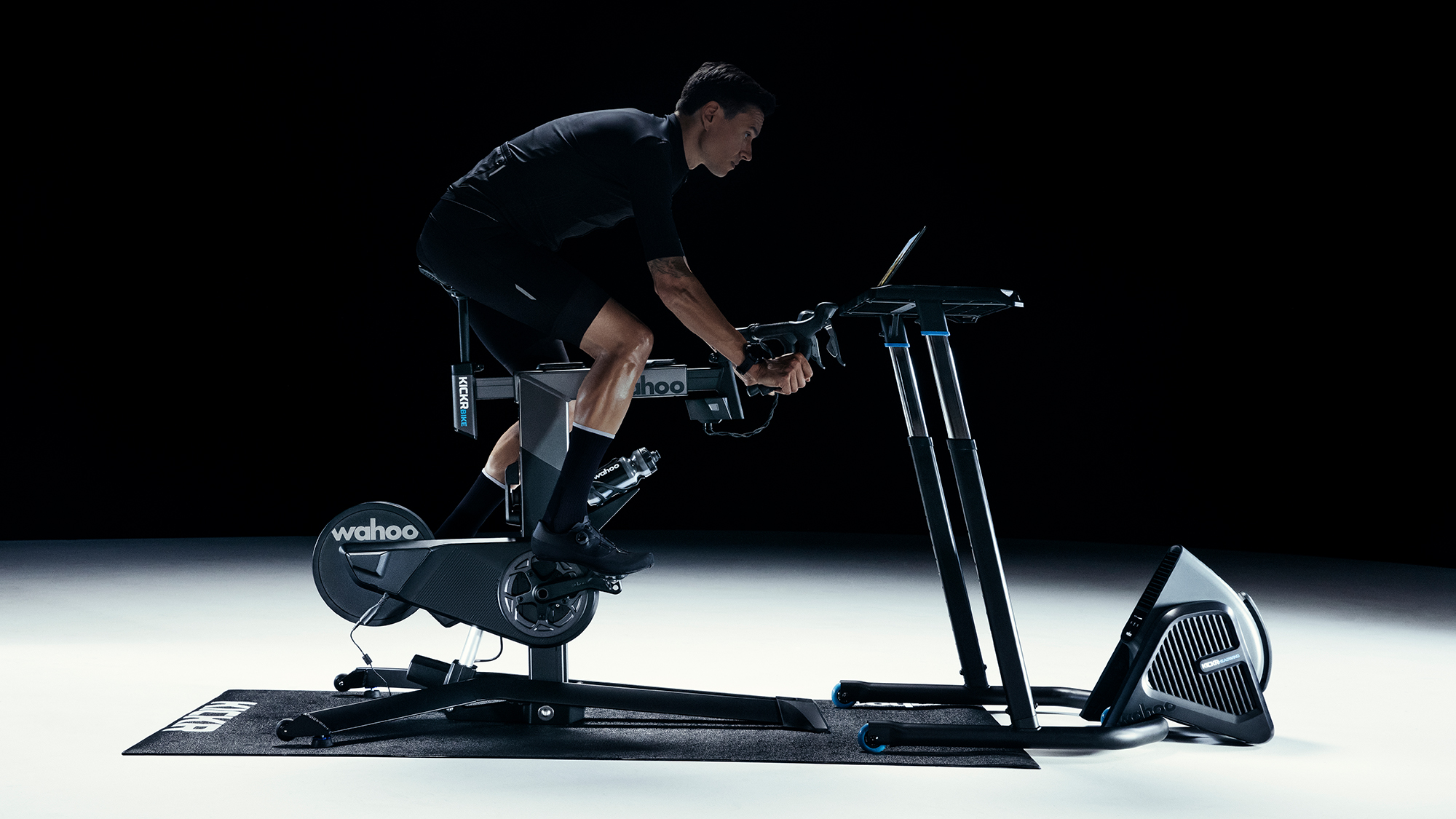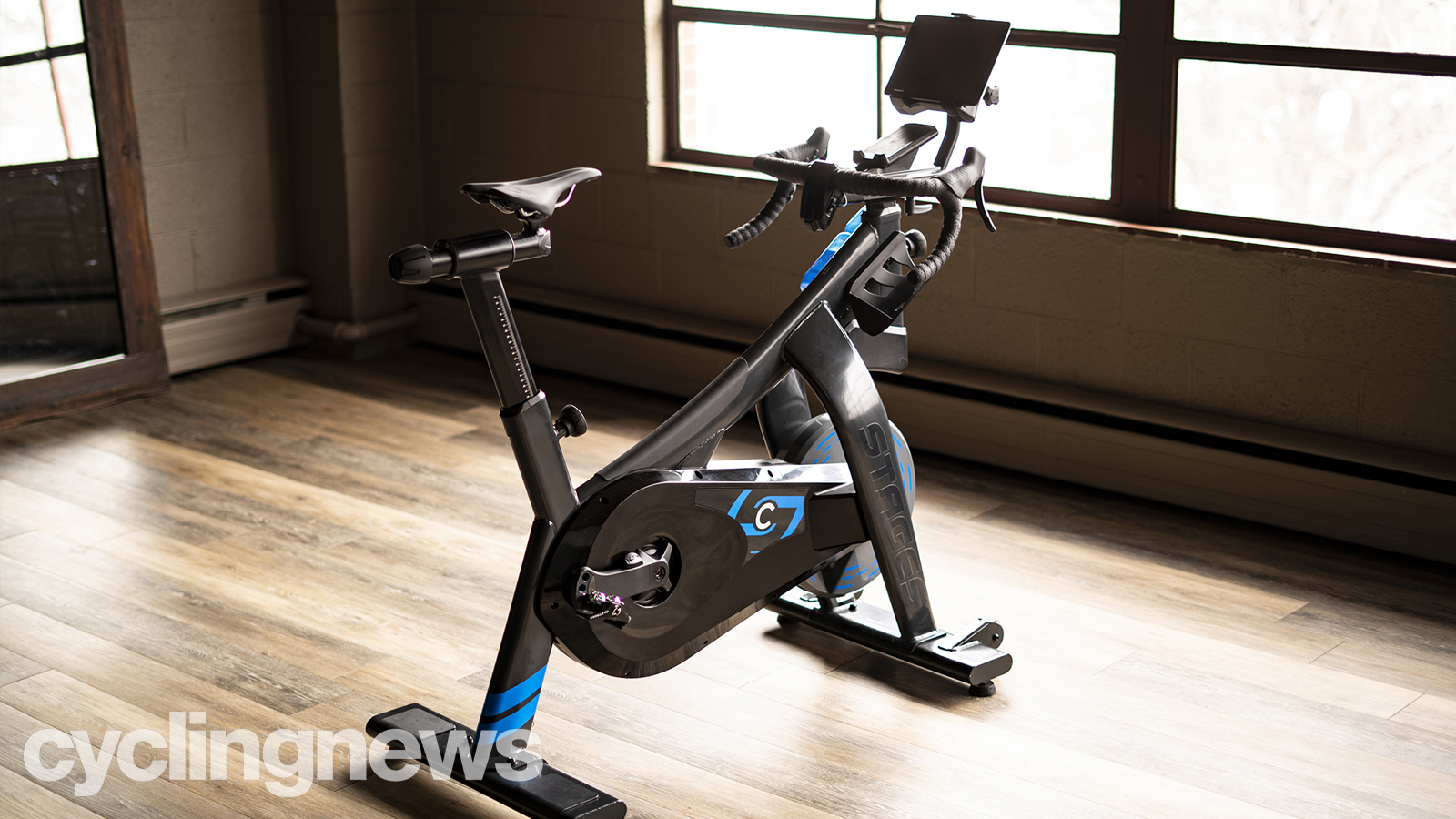
Indoor cycling is incredibly popular, but you’ll need the right type of exercise bike for the cycling you want to do.
Peloton has popularised at-home spin classes, but there are alternatives if you want to join in online and follow a live or on-demand class.
For a more solitary at-home experience, basic exercise bikes give you a lower-priced option to get riding. You’ll miss out on the group aspect but may save on the recurring monthly charges of Peloton and its rivals.
Smart bikes combine low on-going costs with an interactive ride experience, although one that’s based on competition rather than group classes. They’ll give you the most realistic ride experience as well, but the up-front cost of purchase is high.
Here, we’ll set out the advantages and disadvantages of each type of exercise bike and how the ride experience compares, to help you narrow down the choice of the best exercise bike for your indoor cycling.
Basic exercise bikes

Best for: Easy at-home use
Pros: Affordable, some are foldable for storage, provide basic stats, no recurring costs
Cons: Flywheel often quite light, manual resistance changes, limited variety, may not be very stable
The lowest-priced exercise bikes are basic models which lack any connectivity. These will allow you to sit on and spin the pedals. You’ll usually be able to manually adjust the resistance against which you’re pedalling, via a knob on the exercise bike’s frame. Prices range from around $100/£100 for the most basic models to over $1,000/£1,000 for more sophisticated options.
Many now include a display on the bars, showing you how long you’ve been riding, how far you’ve gone and often other stats like RPM and calories burned. Some will include a heart rate sensor so that you can see how much effort you’re putting in.
Although some have quite a large base and are heavy and stable when riding, others are designed to fold away when not in use. These may be less stable and will usually have quite a light flywheel, which makes for a ride feel that’s not really like riding outdoors.
You’ll usually not get a freewheel, allowing you to take a rest while exercising, as there’s not enough inertia for the flywheel to keep turning without pedalling. This can be good for your workout but contributes to the unrealistic ride feel.
Because you’re not connected to any kind of ecosystem, there’s no recurring cost once you’ve bought the exercise bike.
Spin bikes

Best for: At-home class-based workouts
Pros: Interactive experience, varied workouts
Cons: Expensive to purchase, high recurring charge, locked-in to the brand’s environment, ride feel may not be very realistic
The best-known example of a spin bike is a Peloton bike, but there are other brands such as Echelon which offer a similar experience. The bike itself is built without a freewheel, so you have to keep pedalling to keep the flywheel turning.
You get to log into an environment including online workout classes both on the bike and off, although there’s a recurring monthly charge to follow these. The feeling of taking part in a group activity can be empowering, making you more likely to continue to follow the exercise schedule than a solitary workout on a stand-alone machine.
The exercise bike’s resistance may be controlled manually, as on the basic Peloton bike or on smart spin bikes it will be altered automatically, as with the Peloton Bike Plus, which we’ve reviewed.
There’s a significant initial outlay, usually above $1,000/£1,000 and a spin bike will be locked into the brand’s environment. You usually need to pay a monthly membership charge to participate, which can range from around $20/£20 upwards. Peloton is significantly more expensive than this both for the initial bike purchase and for its monthly subscription.
Smart bikes

Best for: Online competition and realistic ride feel
Pros: Interactive experience, varied workouts, no recurring charge (although you’ll probably want to subscribe to a cycling app), not locked in to an ecosystem
Cons: Most expensive option to purchase, large footprint
A smart bike will come from a more road riding angle, with many based on the tech used for turbo trainers, but built up into a complete exercise bike. That means that they support open standards commonly used across bike tech for communication with other devices, such as Bluetooth and ANT+.
Their connectivity allows you to hook up a computer, tablet or smartphone to control your smart bike, which will change the bike’s resistance automatically when you’re following a routine or a route on a cycling app.
Unlike a spin bike, you’re not tied into proprietary infrastructure and there’s no recurring monthly charge for use. Many smart bikes come with access to a library of training routines. But to get the best from what is an expensive purchase, you’re probably going to want to sign up for access to an indoor cycling app such as Zwift or Wahoo X.
These are significantly cheaper than the monthly charge for Peloton, for example. They provide access to virtual worlds, some with real world footage of routes, others fictional.

The smart bike’s resistance varies with the terrain you’re riding, so it’s more difficult to ride uphill than on the flat. Some will tilt too, so that you engage the muscles that you'd use to climb on a real bike outdoors.
A smart bike will usually include a motor as well as an electromagnetic resistance unit, which allows you to freewheel on the way down the other side of your virtual hill as well. Along with a high inertia flywheel, this adds to a ride experience that’s more like riding outdoors than more basic options or spin bikes. The ride position, although highly adjustable, is more like sitting on a real bike as well.
Buying a separate subscription to a training programme like Zwift means that you get an interactive experience, but are not tied into paying to use your smart bike. You could use it stand-alone and you can easily swap between the many cycling apps available if you decide that you want a change.
The alternative to a smart bike is to use a normal bike with a turbo trainer. This is a lot easier to store when not in use, although there’s more set-up required before you can start to ride, particularly if you need to remove your bike’s rear wheel to place it on the trainer.
If you have space to keep your set-up ready to use, you can avoid set-up lead-time if you combine the turbo with a dedicated bike for indoor cycling.
Ride position

The majority of exercise bikes place you in a bike-like, upright ride position, sitting on a saddle. Some are more upright than others though and, if there’s limited adjustability, you may find the handlebar position a bit too close for an all-out effort. Taller or shorter riders may find that there’s not enough adjustability on some exercise bikes to sit comfortably either.

The alternative is a recumbent exercise bike, where you sit on a seat with your back against a backrest. The position is lower, so it’s easier to get on and off, it may be more stable and you may find it more comfortable.
You can find recumbent options for both basic and spin exercise bikes. Smart exercise bikes are exclusively the upright, saddle type, reflecting their aim to provide a more outdoor ride-like feel.







